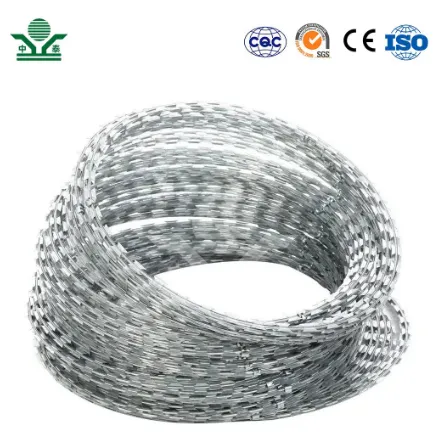Temporary Farm Fences A Practical Guide for Farmers
When it comes to managing livestock and crops, farmers often face the challenge of creating secure, efficient, and flexible enclosures. One of the most versatile solutions available is the temporary farm fence. This fencing option provides a range of benefits, including adaptability, cost-effectiveness, and ease of installation. In this article, we will explore the uses, types, benefits, and installation tips for temporary farm fences.
Uses of Temporary Farm Fences
Temporary farm fences can be utilized for various purposes. One of the primary uses is to create temporary grazing areas for livestock. Farmers can easily set up these fences to rotate animals between different pastures, allowing grass in previously grazed areas to recover. This rotational grazing promotes healthier pastures and enhances overall animal health.
Another common use of temporary fencing is for construction sites or new fields where permanent fencing has yet to be installed. It helps delineate property boundaries and keeps unwanted guests, whether animals or people, away from sensitive areas. Additionally, temporary fencing is often used during agricultural events, such as fairs or exhibitions, to securely contain animals.
Types of Temporary Farm Fences
There are several types of temporary farm fences available on the market, each with its unique features. The most common types include
1. String Fencing This lightweight option is often made from durable poly rope or wire. It is easy to set up and take down, making it perfect for temporary grazing areas.
2. Electric Fencing Electric temporary fences provide an effective way to keep livestock secure. They deliver a mild shock to animals that approach the fence, discouraging them from trying to escape. This type is particularly popular for containing cattle and other large animals.
3. Panel Fencing Generally made from metal or plastic, panel fencing provides a sturdy barrier. While a bit heavier, it is suitable for containing animals during events or for creating a more permanent solution in temporary settings.
4. PVC Fencing Lightweight and easy to transport, PVC fencing is an excellent option for temporary setups. It’s often used for lightweight containment and can be assembled quickly.
temporary farm fence

Benefits of Temporary Farm Fences
The primary advantage of temporary farm fences is their flexibility. Farmers can set up and modify fencing layouts based on their current needs. This adaptability is crucial during seasons of heavy grazing or when new fields need protection.
Cost-effectiveness is another significant benefit. Temporary fences typically cost less to install than permanent ones. This affordability allows farmers to invest in other areas of their operation without compromising livestock management or crop protection.
Additionally, the installation and dismantling processes for temporary fences are relatively quick and straightforward. Farmers can change their fencing arrangements with minimal effort, saving time in their busy schedules.
Installation Tips
When installing temporary farm fences, it's essential to consider a few key factors to ensure effectiveness and longevity. First, always assess the terrain. Uneven ground can affect the stability of the fence, so choose a level area wherever possible.
Second, pay attention to the chosen materials. Ensure that they are durable enough to withstand the elements and possible animal interactions. For electric fencing, check that the charger is properly connected and functioning to deliver the desired shock.
Lastly, ensure the fence line is clear of debris and vegetation that could compromise its integrity. Regular checks and maintenance will help the fence remain effective throughout its use.
Conclusion
Temporary farm fences are a practical and cost-effective solution for farmers, allowing them to manage livestock and crops efficiently. By understanding the various types, benefits, and installation tips for temporary fencing, farmers can ensure they have the necessary tools to create flexible and secure enclosures whenever needed. With a temporary fencing system in place, farmers can focus on what they do best nurturing their land and livestock while maximizing productivity.
-
Why Galvanized Trench Cover Steel Grating Resists Corrosion
NewsJul.10,2025
-
The Versatility and Strength of Stainless Expanded Metal Mesh
NewsJul.10,2025
-
Load Calculations in Steel Grating Platforms
NewsJul.10,2025
-
Keeping Pets and Kids Safe with Chicken Wire Deck Railing
NewsJul.10,2025
-
Hole Diameter and Pitch for Round Perforated Metal Sheets
NewsJul.10,2025
-
Aluminium Diamond Mesh in Modern Architecture
NewsJul.10,2025
Subscribe now!
Stay up to date with the latest on Fry Steeland industry news.

